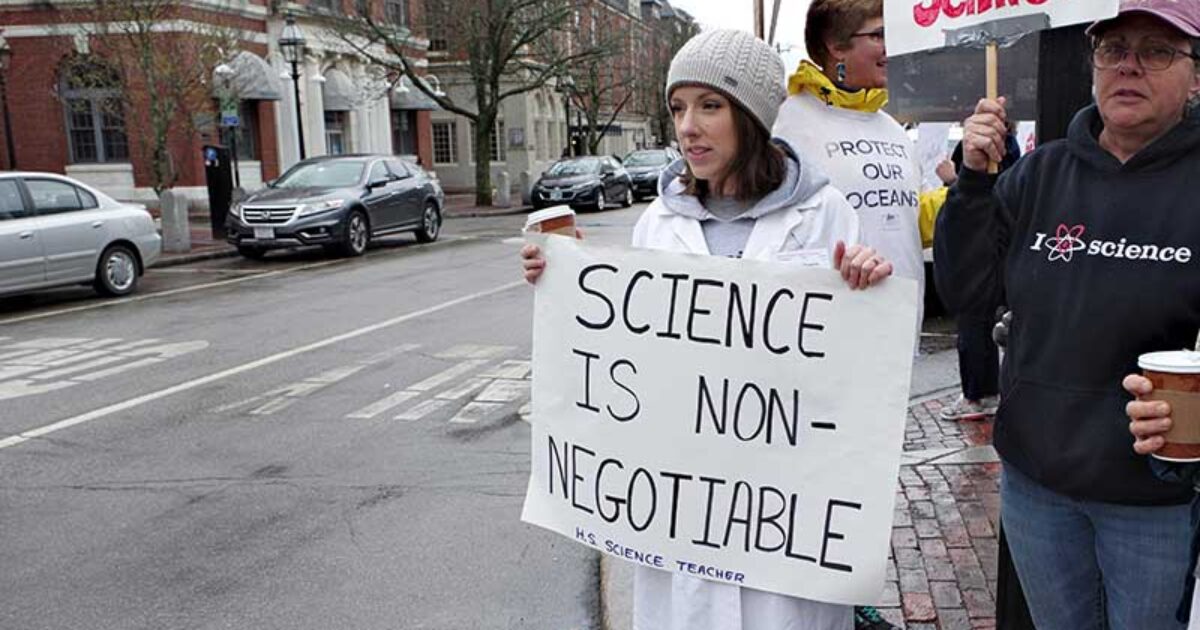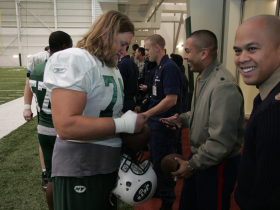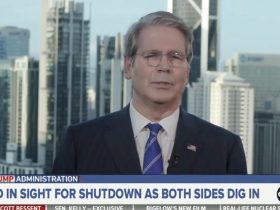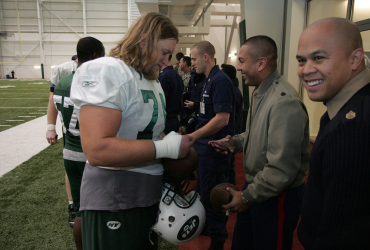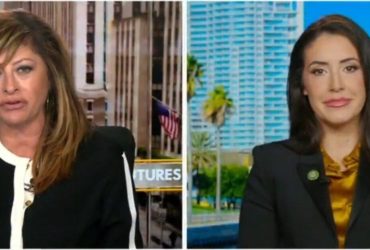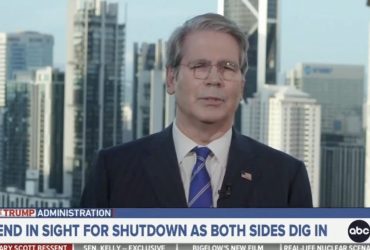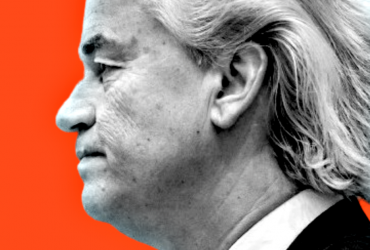New Photo: New Hampshire residents participate in the March for Science in Portsmouth. Photo by Peter Cedric Rock Smith, licensed under CC BY-NC-ND 2.0.
President Trump was criticized for ordering the USDA to remove references to a “climate crisis” from its website and for excluding climate change from the Annual Threat Assessment of the U.S. Intelligence Community.
But unlike climate change, the threats listed in that report—China, Russia, cyberattacks, Iran, and Islamic extremism—are backed by clear, verifiable evidence. The existence of a climate crisis, however, is far more contested, though you’d never know it from the mainstream media.
When was the last time a major outlet interviewed a credible scientist who opposed the dominant climate narrative? Until Trump began his second term, questioning climate orthodoxy on social media could get your account suspended.
The same thing happened during COVID—doctors and scientists who questioned lockdowns, masks, or vaccines were silenced and accused of spreading “misinformation.”
This culture of censorship is a real threat—one that undermines open debate and gives disproportionate power to so-called “experts” like Dr. Fauci, who, under a sympathetic administration, can help strip citizens of their rights, their voices, and even their property.
For years now, we’ve been told “the science is settled”—that climate change is an undeniable crisis and anyone who questions it is a “climate denier” or anti-science. But science isn’t religion. It doesn’t depend on belief, consensus, or moral intimidation. It advances by challenging assumptions, questioning dominant theories, and being willing to overturn what everyone once “knew” to be true.
That’s not denial. That’s how science works.
History is full of examples where widely accepted scientific beliefs were later proven wrong. For much of the 20th century, stomach ulcers were blamed on stress, spicy food, and acid—until Australian doctors Barry Marshall and Robin Warren discovered in 1982 that the real cause was a bacterium, Helicobacter pylori. Their findings were dismissed for years, and Marshall famously drank the bacteria to prove it. They won the Nobel Prize in 2005.
Similarly, Alfred Wegener’s 1912 theory of continental drift was mocked until the 1960s, when evidence like seafloor spreading confirmed plate tectonics. In nutrition, saturated fat was blamed for heart disease starting in the 1950s, largely due to Ancel Keys and the Seven Countries Study, but recent research—such as by Dr. Robert Lustig—has shifted focus to sugar and refined carbs.
Similarly, the climate crisis narrative includes elements rooted more in belief than hard, testable science. It’s presented as a closed case, beyond question or challenge. But when you examine how data is collected, interpreted, and used to make sweeping claims, the picture becomes far less certain.
One major issue is the urban heat island effect. Many temperature monitoring stations are located in or near cities, which are naturally warmer due to concrete, asphalt, vehicles, and human activity. As cities expand, these stations become increasingly surrounded by artificial heat sources, inflating readings that reflect local—not global—conditions. A city getting hotter doesn’t mean the planet is.
Adding to the confusion is the shift in how temperatures are measured. In the past, analog tools like mercury thermometers were placed in rural or isolated areas. Today, data comes from digital sensors, satellites, and automated stations—most near urban zones. The tools have changed, and so have the locations. Comparing modern digital, city-influenced readings to century-old rural thermometer records is like comparing apples to oranges. It’s not a consistent baseline, and long-term conclusions based on such mismatched data are unreliable.
Further complicating things is that temperature records aren’t just collected—they’re adjusted. These adjustments, meant to account for station relocations or instrument changes, can significantly alter trends. If they consistently make the past appear cooler and the present warmer, that raises a red flag. Without full transparency on how and why data is altered and without open debate on the methods used, it becomes difficult to separate objective science from institutional bias.
We also need to acknowledge the limits of our historical perspective. Instrument-based temperature records only date back to the mid-1800s—a blink of an eye geologically. The Earth has undergone natural warming and cooling cycles for thousands of years, including periods like the Medieval and Roman Warm Periods and multiple ice ages—all long before industrial activity. So when people claim “this is the warmest it’s ever been,” they’re speaking from a very narrow slice of evidence.
Even now, temperature changes aren’t uniform. Some regions are warming, others are cooling, and many remain stable. The global average masks this variation. A few unusually warm areas can skew the average, but that doesn’t mean there’s a global crisis—it simply reflects the regional variation that has always existed in Earth’s climate.
Despite this complexity, policymakers and activists lean heavily on climate models to justify sweeping changes. But models are just that—models. They’re built on assumptions about greenhouse gases, human behavior, clouds, and feedback loops. Many past predictions haven’t materialized, yet these models are still treated as absolute forecasts rather than fallible tools open to revision and error.
What’s more troubling is that the same institutions creating climate models also control how data is gathered, adjusted, and interpreted. So when we’re told “the models match the data,” what we’re really hearing is that the models align with data those same institutions have shaped.
That’s closed-loop logic—it validates the models only if you’ve already accepted the methods used to produce and process the data, many of which independent scientists have publicly challenged.
Yet anyone who questions this narrative is labeled a “climate denier,” a term meant to shut down debate by equating dissent with ignorance or bad faith. But in science, dissent isn’t just tolerated—it’s essential. Every major breakthrough began with someone challenging accepted beliefs.
Questioning a theory isn’t anti-science; it’s the foundation of science. When disagreement is no longer allowed, science stops being a tool for discovery and becomes dogma.
That brings us to the most dangerous rhetorical device in this debate: the appeal to consensus. We’re constantly told that “all scientists agree” or “science says,” but science doesn’t speak with one voice. Real progress has never depended on unanimous agreement—it usually comes from the minority voice. When I cite qualified scientists who disagree with the climate crisis narrative, they’re dismissed—not based on their work, but simply because they dissent.
That’s not scientific reasoning—it’s circular enforcement of belief. When disagreement itself is treated as disqualification, you no longer have science. You have ideology.
The post Climate Crisis Denier? Challenging Science is How You Do Science appeared first on The Gateway Pundit.

